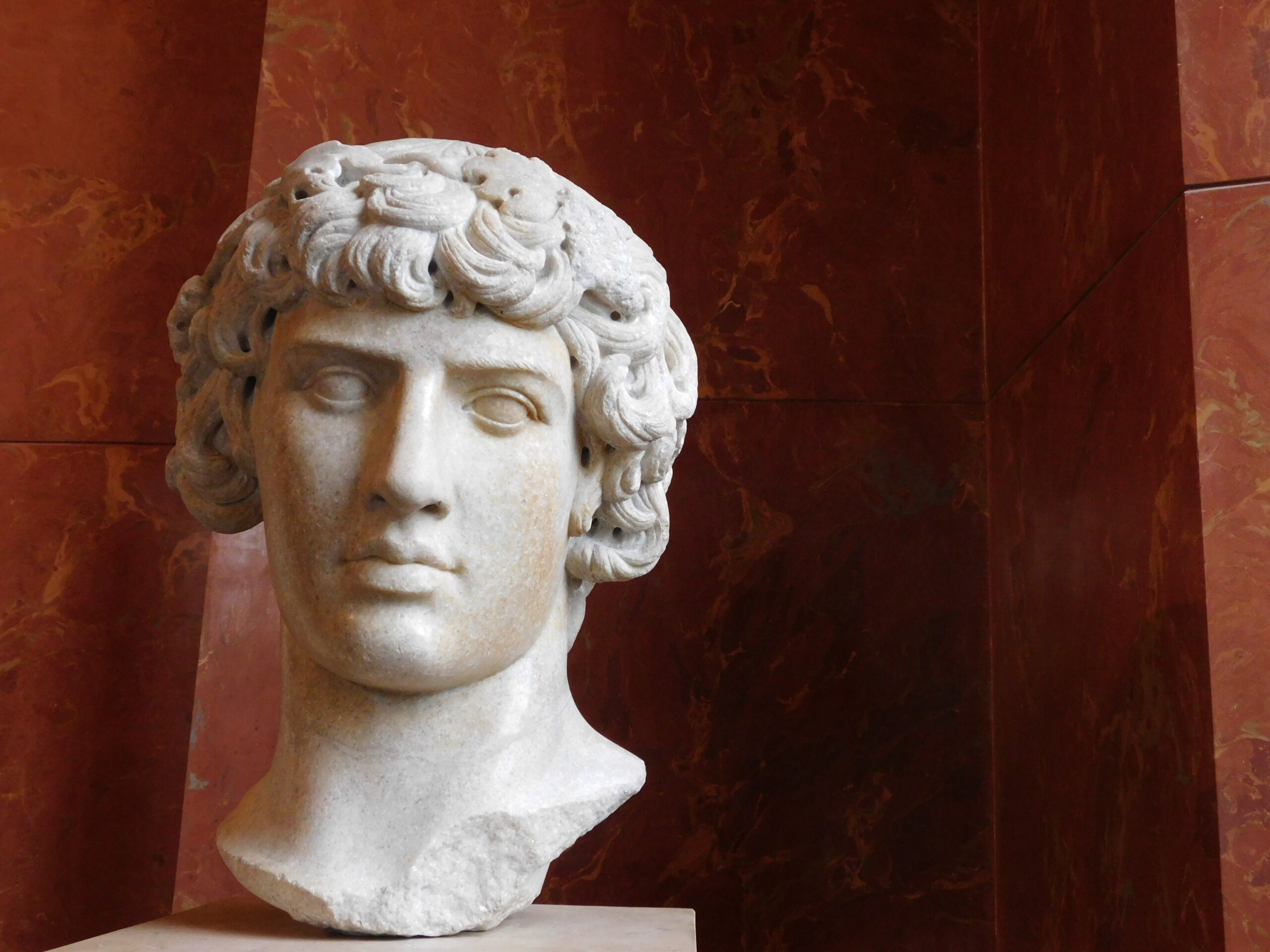
Tales From the Vatican: Queering Art History

E.R. Pulgar

I’ve been reading about mythology since a very young age, and with that came a huge love and appreciation for Ancient Greek history. This is a love that coincided with my experience of coming into my own as a young queer man. I remember falling in love with the myth of Apollo and Hyacinthus, how the god loved a mortal boy and, after killing him in a game of discus, turned him into a blood-red flower and gave it his name. I remember the tortured affection behind Sappho’s most beautiful fragments. The one that stuck with me most was the story of Hadrian and Antinous.
The latter was a youth born into a serf family, and renowned in Hadrian’s court for his beauty. The former, perhaps ironically, was one of the first Roman emperors to favor a beard. Hadrian would go on to take on Antinous as a “favorite,” a thinly-veiled title that would usually refer to a lower-class paramour. Pederast relationships weren’t news in Ancient Greece, but the complications between the two were evident: trapped in an arranged marriage and crushed under the towering weight of the crown, Hadrian was in love with a man he could only share sparse moments with. Until, of course, he drowned.
Following the death of Antinous, a topic that has captivated queer scholars and poets like Mark Doty since the end of their well-documented love affair, a distraught Hadrian ordered statues of his handsome, curly-haired, square-jawed lover to be made. In his grief, Hadrian made Antinous into Apollo, Dionysus, and the archetypical figure for a Greek hero. There’s a reason––outside of the fact that the Ancient Greeks valued the body in equal regard to the mind and spirit––that all the statues of handsome muscle boys from the period after 130 AD bear a striking resemblance to each other.
You go to every museum and see busts of the two paired together, along with placards that tell their accompanying story. Lucky enough to travel the world, I’ve seen four such pairings: The Louvre, The British Museum, The Metropolitan Museum of Art in New York City, and the Vatican archives. Only one of these did not outright state that Hadrian and Antinous were lovers.
We live in a world where the president of the United States refused to acknowledge Pride Month, where he attempted to ban transgender individuals from the military, where abuse against gay and bisexual men has culminated in what can only be called concentration camps.I wasn’t upset about the Vatican Museum’s erasure of Hadrian as a “favorite;” I was, of course, in the heart of Roman Catholicism. That said, it doesn’t make it any less okay to silence queer voices and uphold a doctrine that goes against the sexual freedom, the absolutely open eros, that was present at the beginning of Western society.
It made me wonder when exactly we turned our backs on the queer men like Hadrian that would go on to build society as we know it. It encouraged me to fight back even harder.


